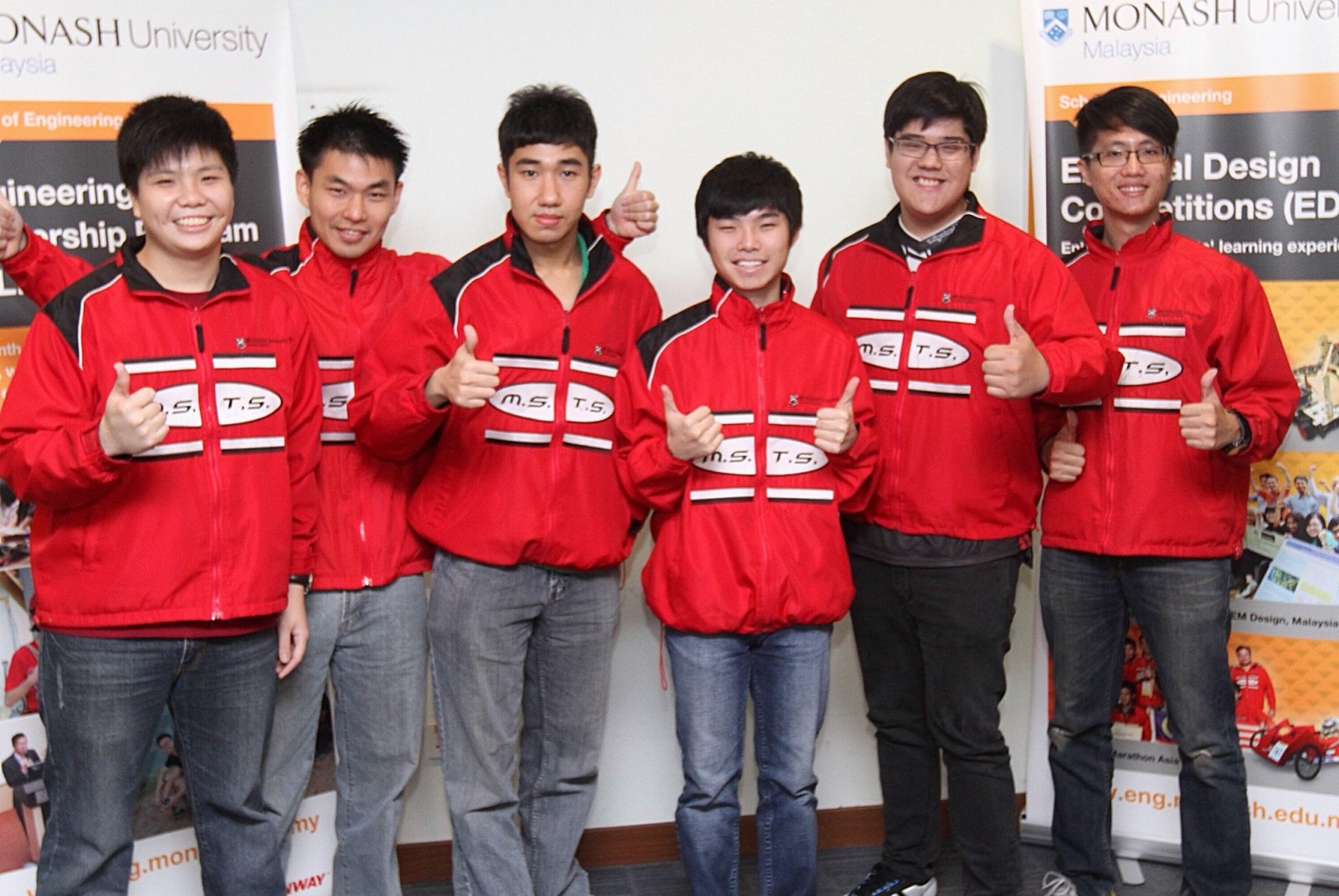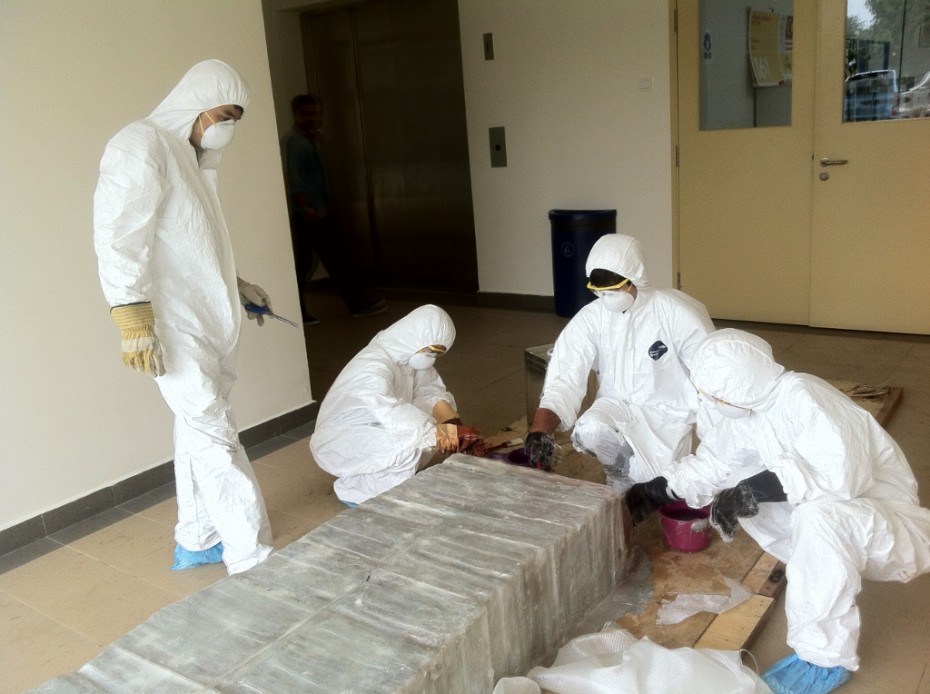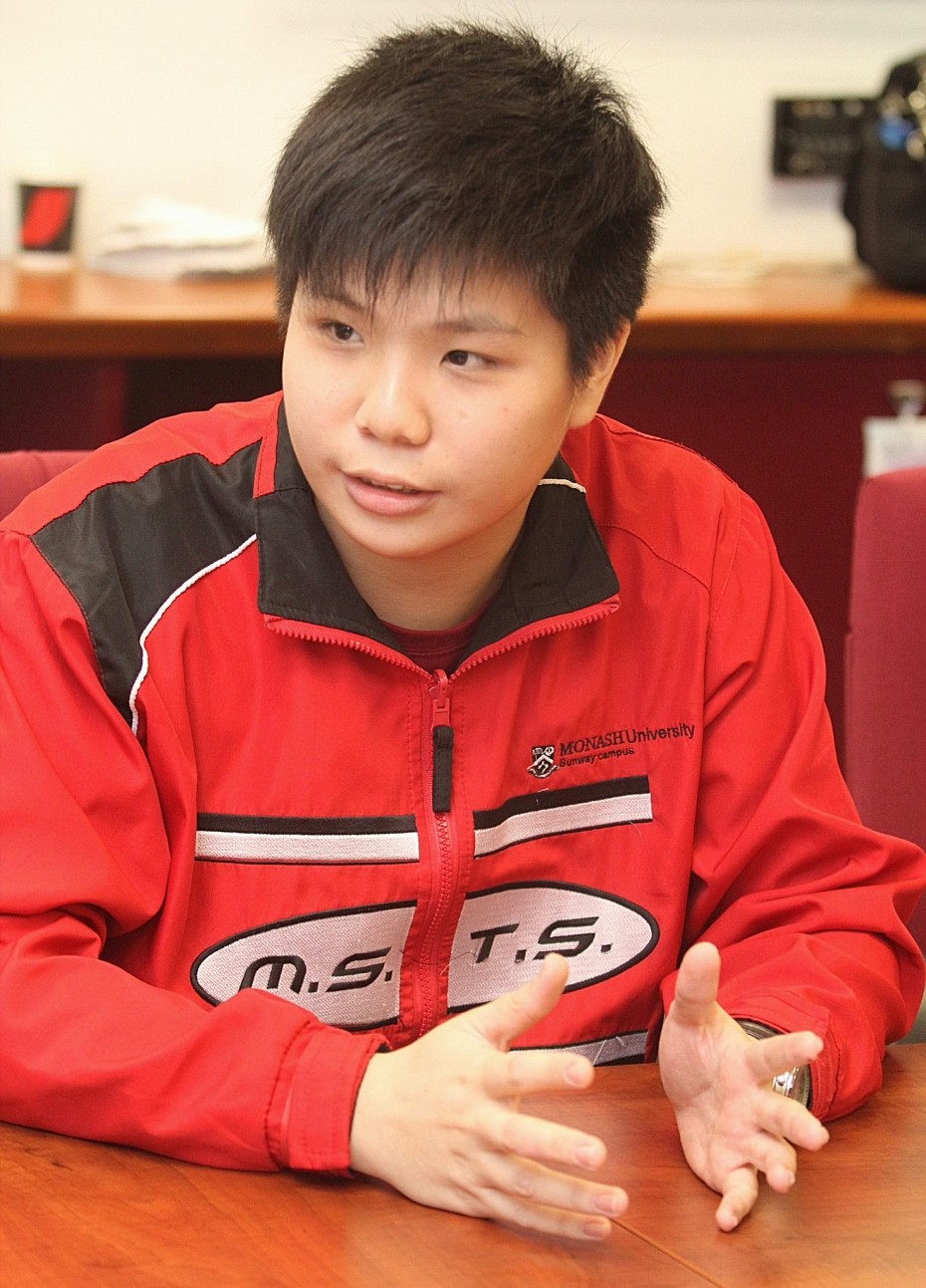By AILYN LOW
alltherage@thestar.com.my
A group of students from Monash University have spent nine months designing and building a car from scratch, but it’s not just any other car. It’s gonna run on compressed natural gas (CNG), it’ll be super fuel-efficient and it’ll be racing at Shell Eco-Marathon Asia.
Shell Eco-Marathon Asia is an annual competition where engineering students from around the world design and build innovative fuel-efficient cars, and take part in a “race” where the goal is to be the last across the finish line, ‘cos, y’know, that means they ran the longest on the same amount of fuel.
The newly-formed Eco-Chaser team from Monash University was brave enough to take the challenge, making them the only team from Malaysia in the competition’s CNG category.
“We were in the Gas-to-Liquid (GTL) category as juniors last year,” said team manager Hee Cheok Lek, 22, who took part in the competition last year with a different team. “We decided to challenge ourselves by using CNG although more research was needed.”
Voong Shuh Wee, 23, explained how using CNG will be better for the future. “CNG releases less carbon dioxide and carbon monoxide, which is essentially what today’s cars are aiming for to reduce the greenhouse effect.”
The seven-person team started research on the car in March 2014, and they’ve been working hard on it ever since.
“It took us about eight months to design the car but only one month to finish building it,” said Lim Jean Pheng, 23.
The car, Superleggera (“super light” in Latin), will be driven by team member Ting Jian Hang, 22, at the Shell Eco-Marathon Asia “race” in Manila, Philippines on Feb 26 to March 1.
The car will be weighed before and after going through 10 rounds on a 1.2km circuit to see how much fuel it consumes.
Rough ride
Making your own car is obviously not cheap. The Superleggera cost the team a whopping RM15,000, as despite the team’s best efforts to buy most of the parts locally, the CNG kit had to be imported.
“The closest thing we could get in Malaysia was the Natural Gas Vehicle kit (like the ones used in local taxis), but we needed something much smaller,” said team member Brian Chai, 22.
While the university did provide a certain amount of money for the project, the team had to rely mostly on sponsorships, which was not easy.
“There were a lot of companies interested in sponsoring us initially. But since the competition is going to be held in Manila, sponsoring us wouldn’t help their company much. It was very difficult, but we managed to sort it out in the end,” said Hee.
Hee added that because the CNG category was new, he had to do a lot more research to convince the lecturers overseeing the project to allow them to purchase certain parts.
On top of that, Voong had to quickly redesign the whole system to accommodate Shell’s standard CNG kit, a requirement they didn’t know about at first.
“We will only get the CNG tank while in Manila, so we had to use a smaller scale kit from our lecturers first,” he said.
Gearing for success
Although the team is new, they are determined to represent Malaysia well and bring home the top prize in the CNG category. And since it’s a new category, Hee said they should have a pretty good chance since there won’t be as many teams compared to the other more popular categories.
There are two broad categories at Shell Eco-Marathon Asia – Prototype and UrbanConcept. While the UrbanConcept category is for cars that can actually pass off as everyday consumer cars, the Prototype category is all about maximum fuel-efficiency, not consumer practicality. So, no cup holders and spinning rims.
Each broad category then has sub-categories based on the type of energy used to power the cars, like CNG, GTL (gym, tan, laundry?), hydrogen, electric battery and so on.
“There are experienced teams that are established in certain categories. These teams are more likely to improve on their cars rather than change to a new category,” said Chai.
With Superleggera already shipped to Manila, the team is spending most of their time now preparing technical documentation and spare parts, and working on “optimisation”.
“Optimisation is where we plan on modifying the car. We are given about two to three days before the safety inspection to make it more efficient,” said Hee.
All that’s left now is for us to wish them well, and hope they finish last!










Tell us what you think!